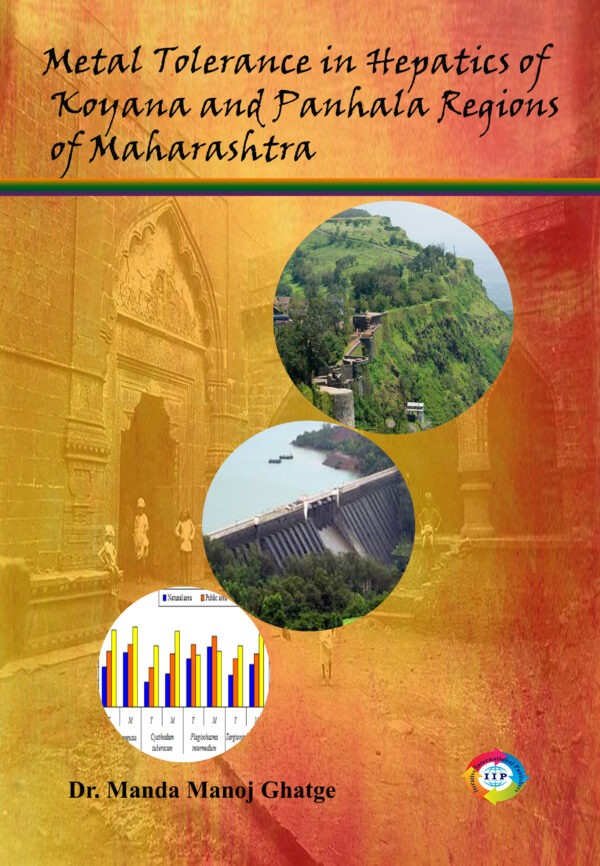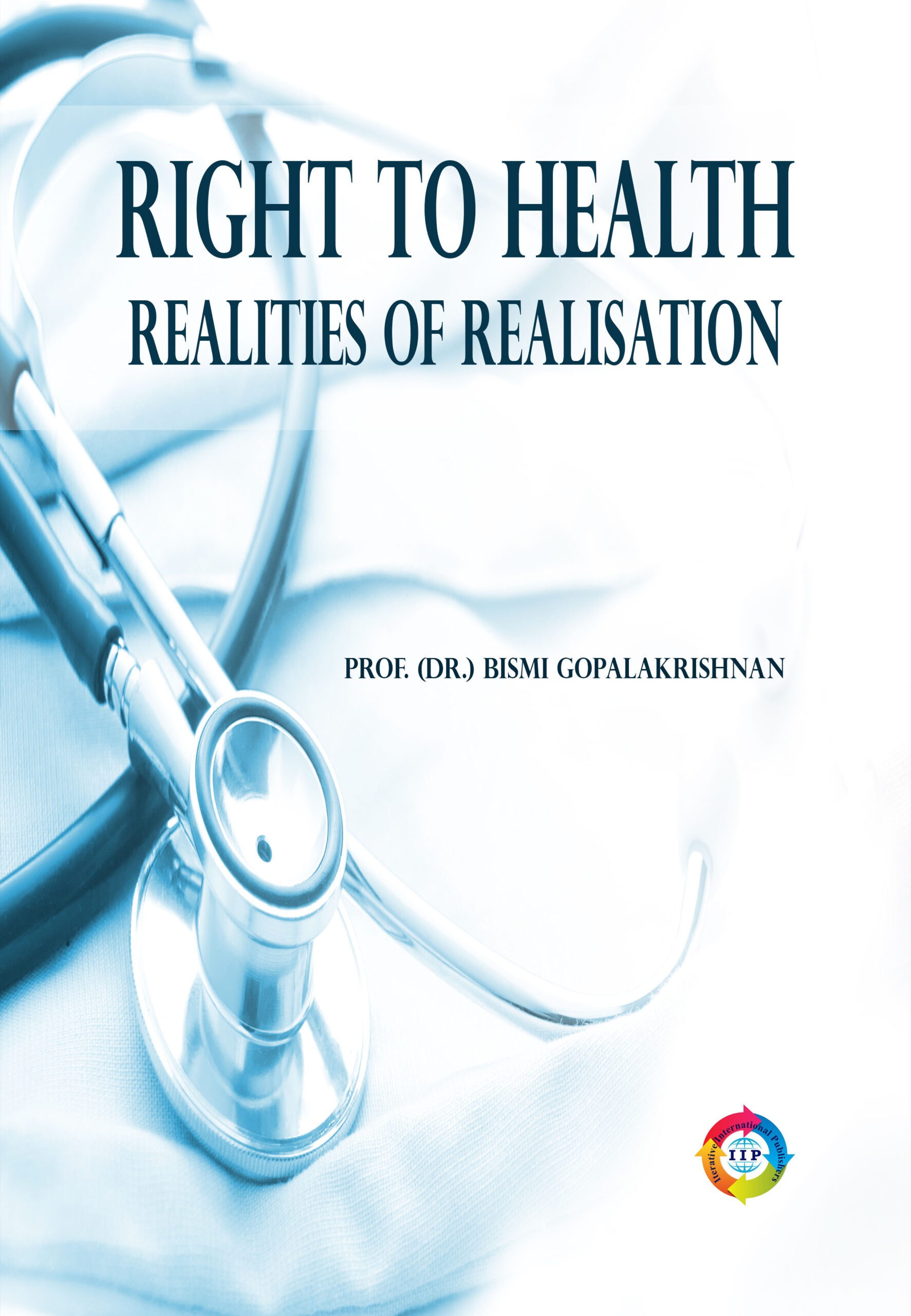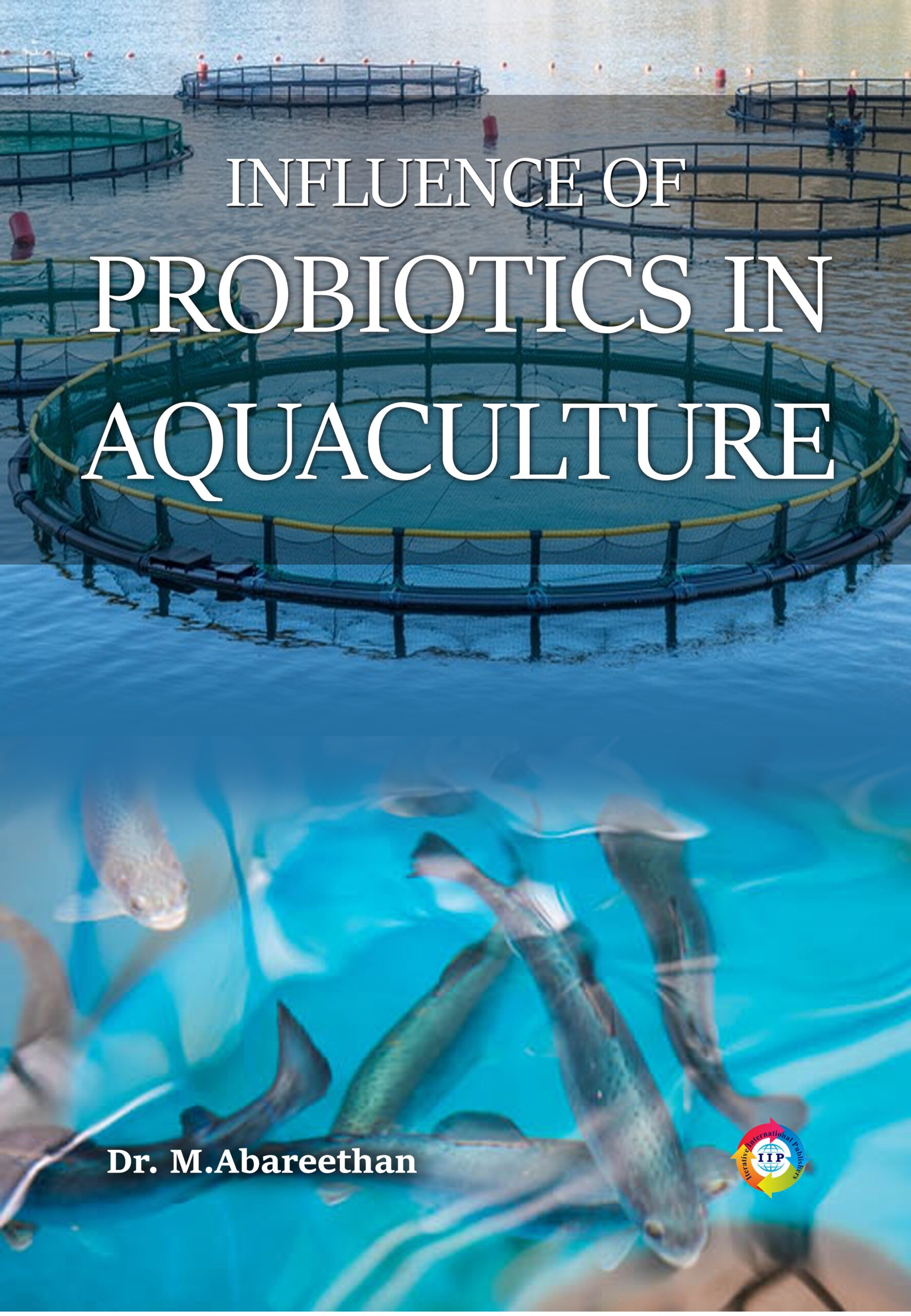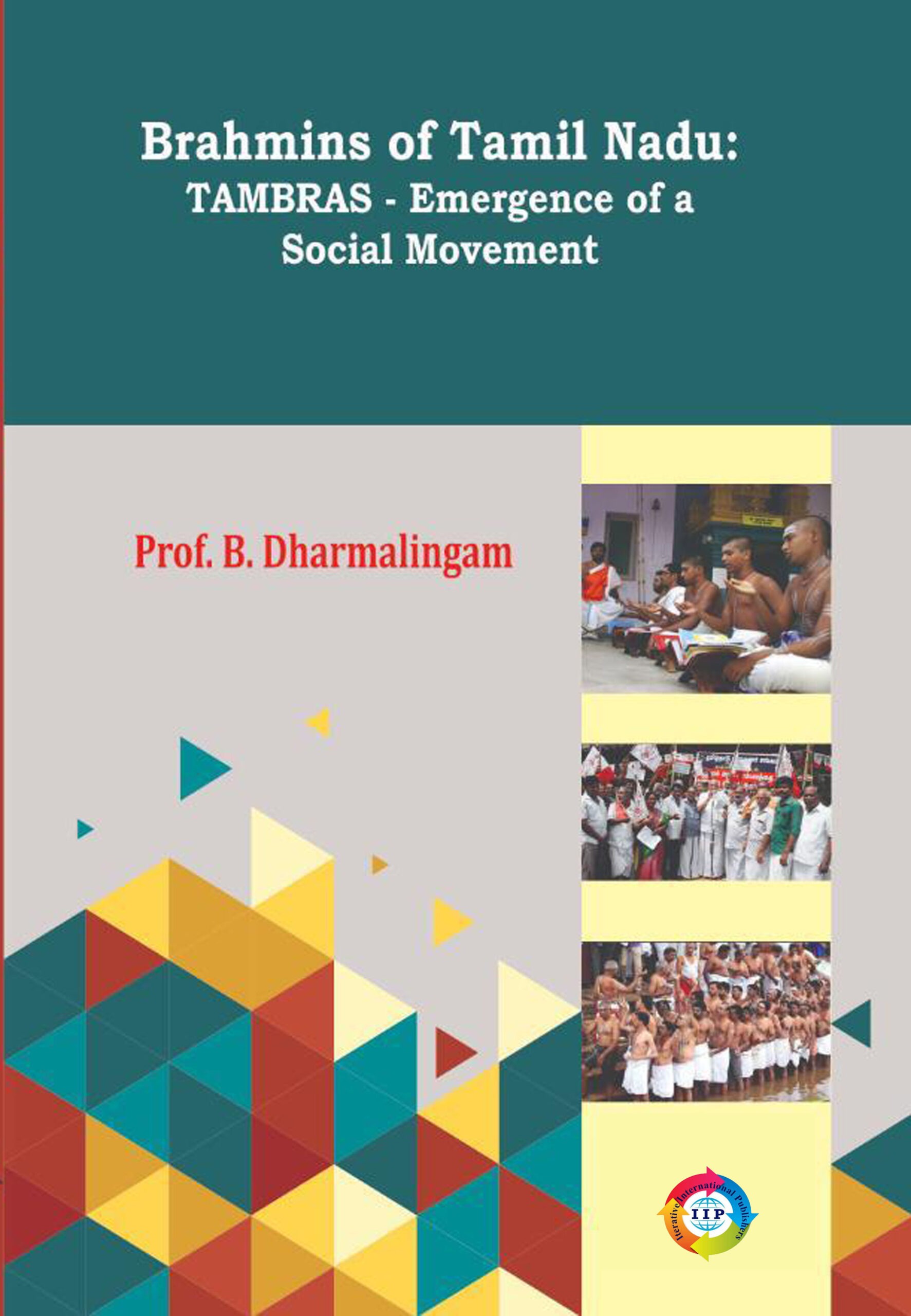The phenomenon of heavy metal tolerance in plants has received considerable attention by evolutionary biologists. Bryologists have given much attention for the use of bryophyte as air quality monitor, particularly metal concentration on account of their known sensitivity to pollutants. .Liverworts, also known as hepatics, are widely distributed over the earth surface, far numerous in the tropics than other parts of the world. They love very moist habitats and unable to withstand drying effect of direct sun-rays for any length of time. Due to this reason they prefer to grow in shady places of river banks, moist rocks and on tree trunks. They obtain many of their nutrients from substances dissolved in the ambient moisture. Some substances are probably absorbed directly from diffusion of cells of the gametophytes. Most of the liverworts have sharply defined and rather narrow ecological range. This gives them great value as indicators of certain habitat condition.
Liverworts possess properties which make them ideal for metal deposition studies, having potential exchange ions due to their high cation exchange capacities. There has been increasing interest in the use of bryophytes and also lichens in monitoring the aerial distribution of heavy metals, gaseous pollutants in biogeochemical prospecting. The use in recent years of bryophytes as a monitoring of pollution has emphasized the ability of these plants to accumulate potentially toxic element. Bryophytes have a high capacity to accumulate metals because of their high surface-to-volume ratio and the frequent absence of a cuticle. They have a counter gradient mechanism to concentrate heavy metals within their tissues. Hence, mosses are widely used as biosensors of environmental pollution. The main object of present study is to summarize the results and to compare the amount of metal concentration at various sites at different times and at different growth stages. Further it has also been extended to assess and to present the regional deposition pattern of heavy metal in the liverworts.
Panhala and Koyana are hilly localities in Western Ghats of Maharashtra region and are found to be rich in hepatics. Despite of rich bryological flora in these regions, negligible work has been done regarding them. In the present investigation the systematic collections of liverworts like Asterella angusta Beauv., Cyathodium tuberosum Kash., Plagiochasma intermedium L. et. G. and Targionia hypophylla L. from varied substrates has been done from the areas which are categorized for the sake of our convenience into three synhabitats as Natural, Public and Traffic areas from both the localities. As a pedestal, habitat ecology has been studied from natural habitats of all the liverworts under study. Present investigation gives us an idea regarding the metal tolerance in some hepatics of Panhala and Koyana areas at different stages of growth and throws some light on the accumulation of metals and characteristic of hepatics as a monitoring of air pollution. Due to their specific biology, these are found to be most noteworthy for pollution monitoring and have proved to be efficient collectors of metal from environment.
The book consist of five chapters.The first chapter deals with the information about the bryophytes emphasizing their role in metal tolerance and scope of present investigation. A precise review of the literature pertinent to the present research work is complied in the second chapter of ‘Review of literature‘. Chapter III deals with ‘Materials and Methods’. It gives us an idea of the liverworts used as materials for present study. Area under study is highlighted by using toposheets. The brief history, geography and climate of the Panhala and Koyana regions of Maharashtra are discussed in this chapter. Collection sites, as natural, public and traffic areas, are introduced with the help of photo plates. Methodology followed for the ex situ and in situ is covered under this section. Graphical representation of the results has been discussed with relevant references in the chapter IV as ‘Results and Discussion’. Significant findings of the present investigation are briefly summarized and concluded in chapter V entitled ‘Summary and conclusions’.









Reviews
There are no reviews yet.